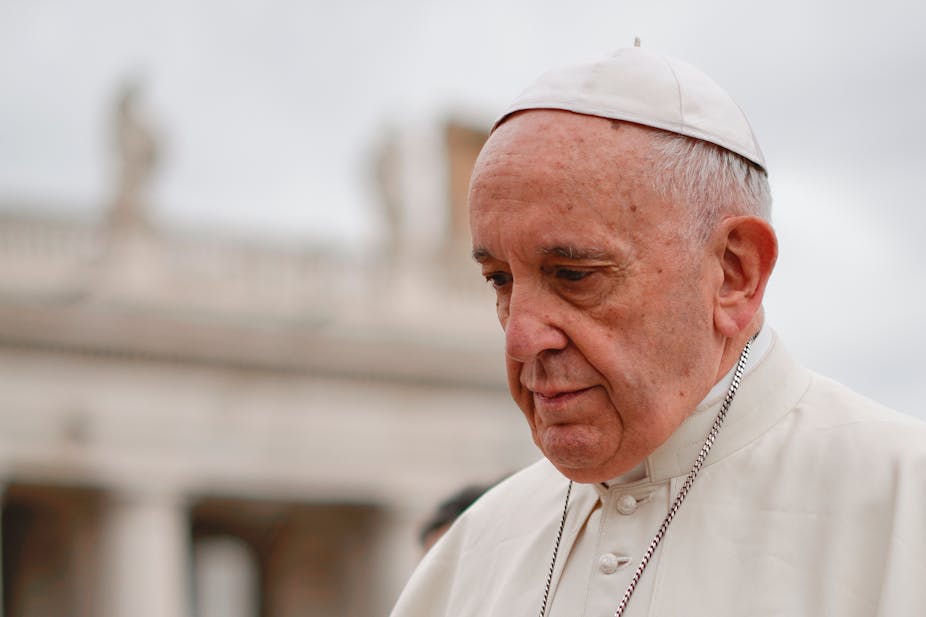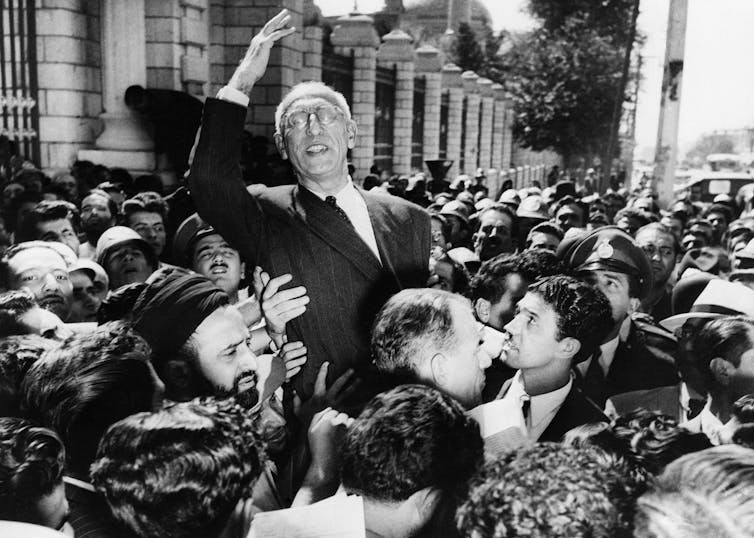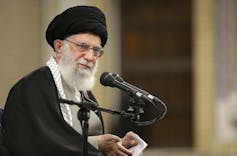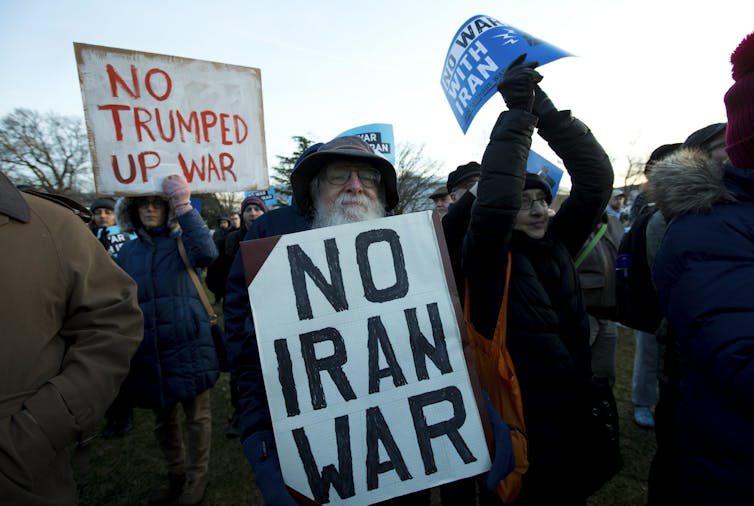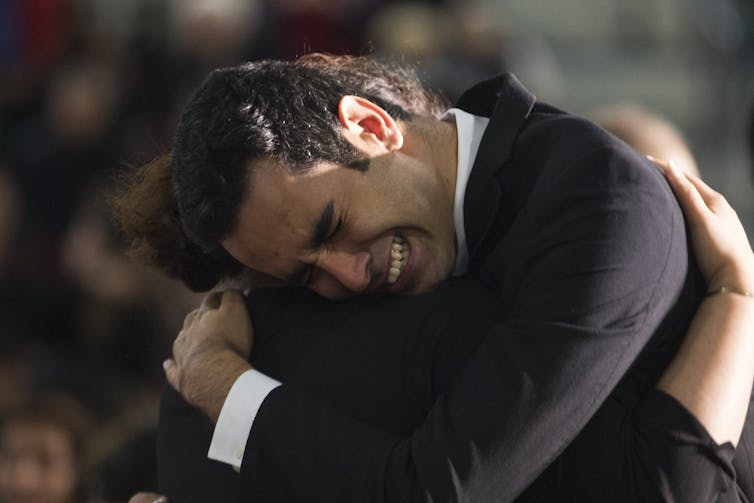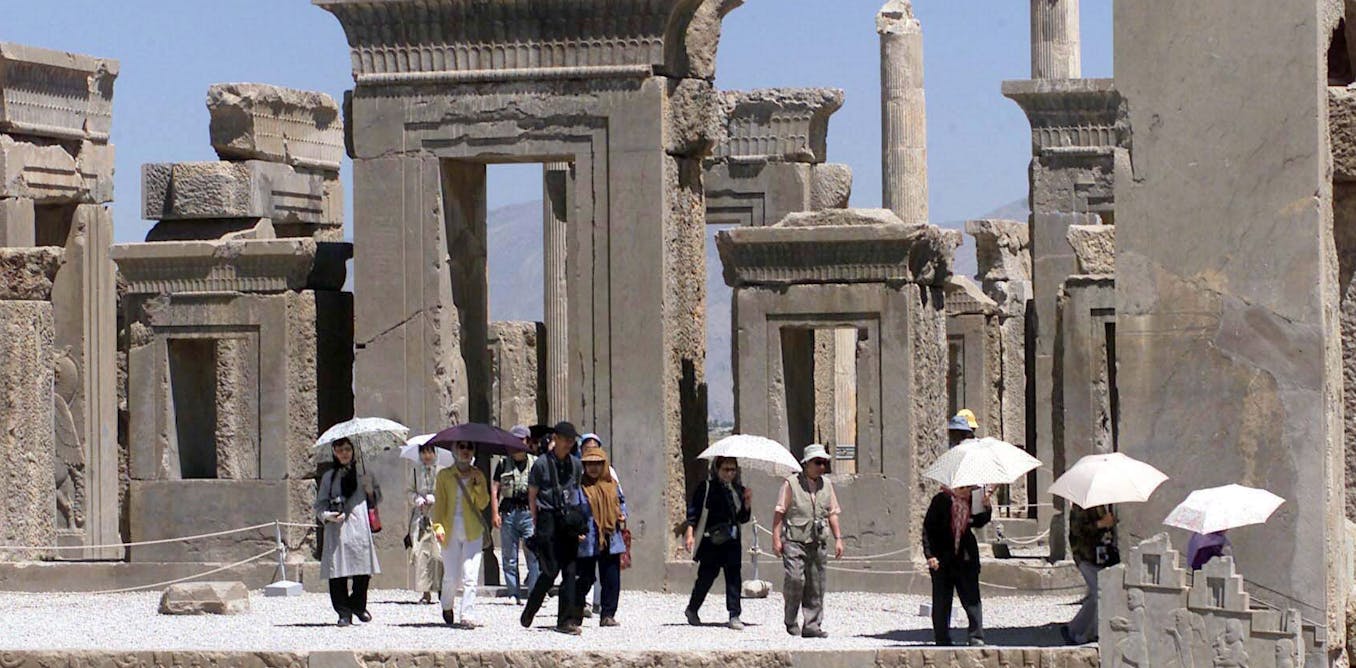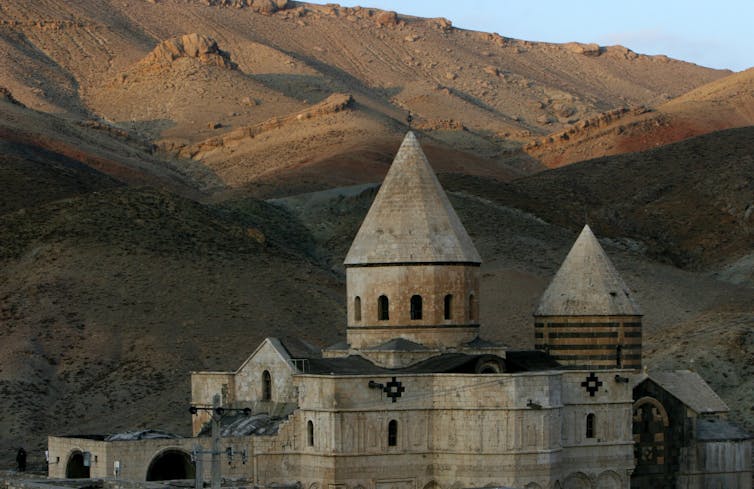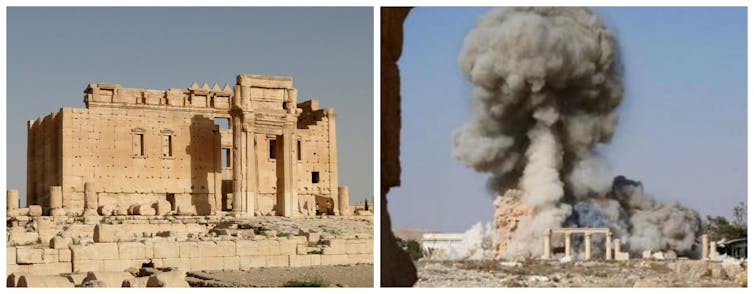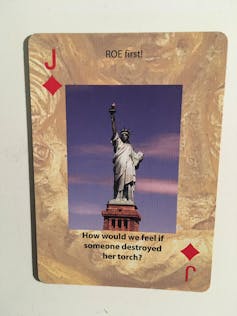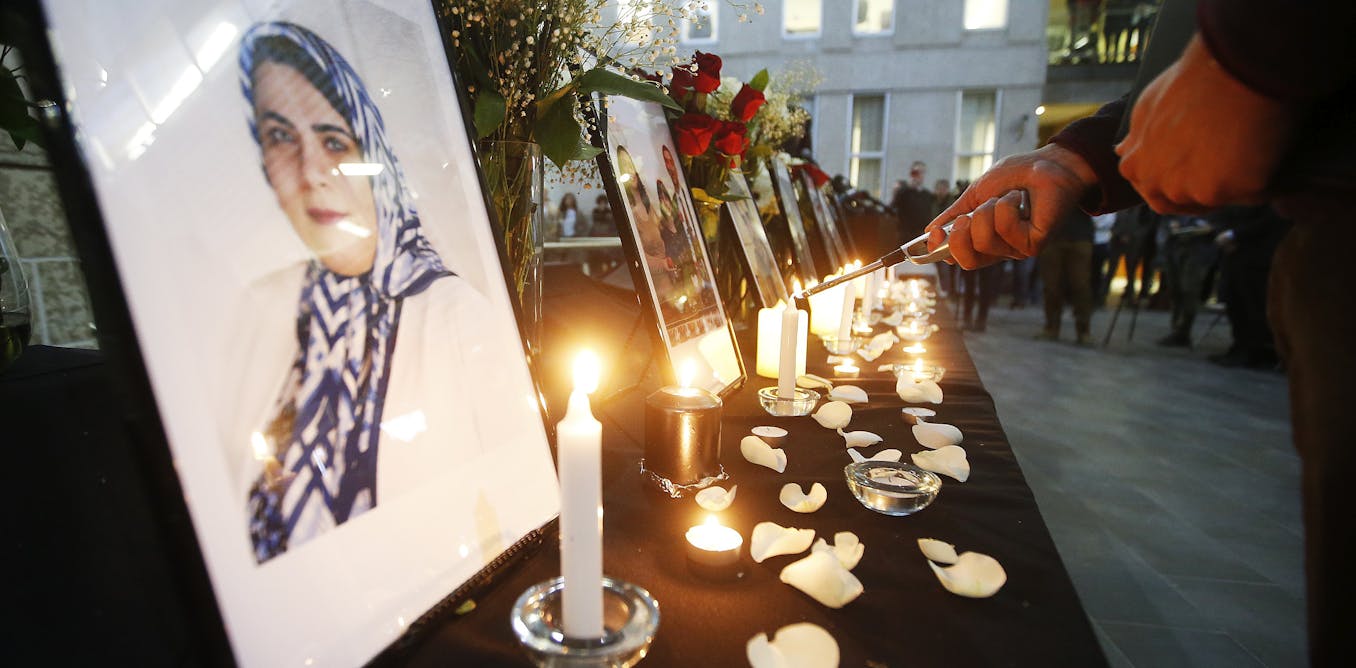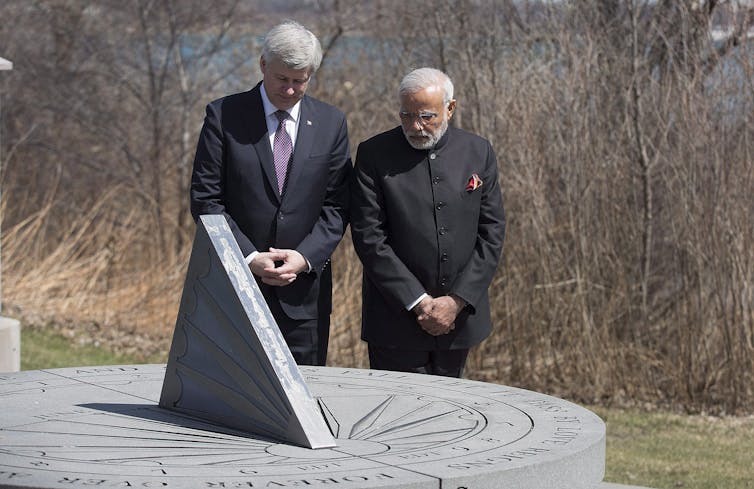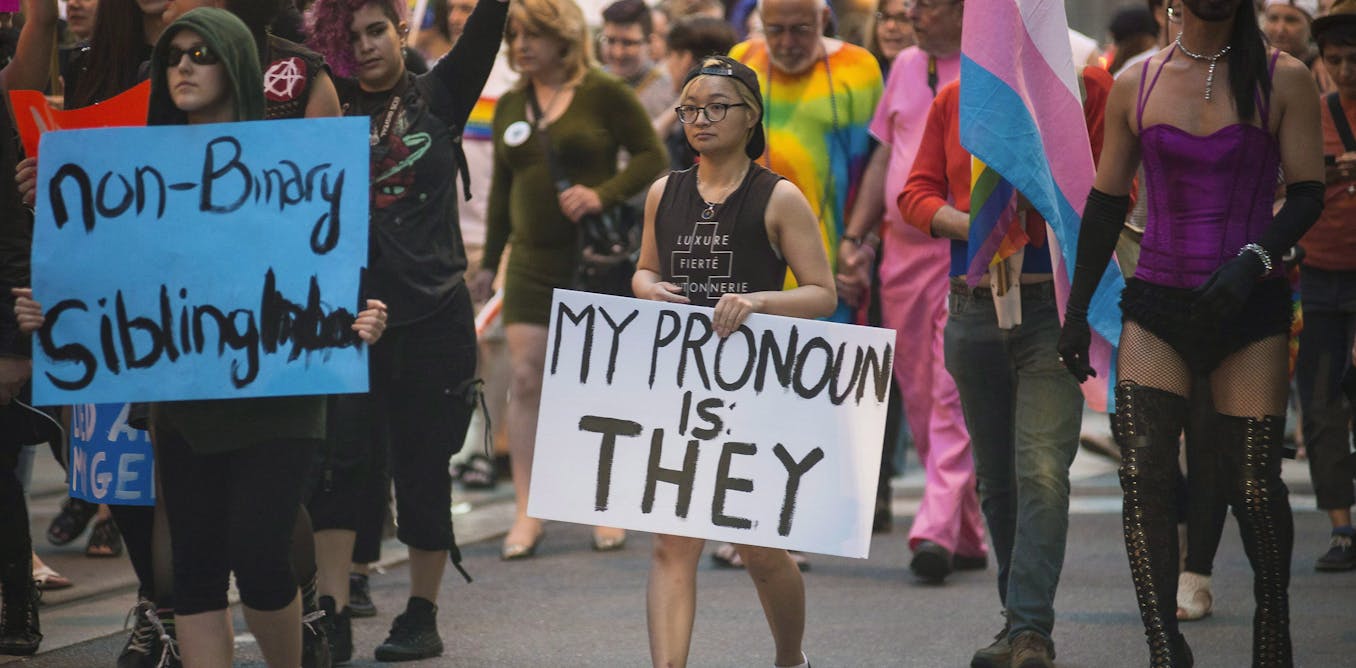WE FEEL YOUR PAIN REALLY WE DO
WELCOME TO ALBERTA FOR A DAY OR TWO
From pushing a 99 B-Line to your car catching on fire, here are 12 people who had a worse snow day than you.

Jokes aside, be safe out there, use snow tires and stay warm!

In one of the videos, a person can be seen skiing from the road, onto a sidewalk,
With a huge blast of snow on Sunday and an arctic front moving into the region
From pushing a 99 B-Line to your car catching on fire, here are 12 people who had a worse snow day than you.

POSTMEDIA NEWS CLICK HERE TO SEE VIDEOS
Updated: January 14, 2020
If you thought you had a terrible time during Monday’s city-wide panic over snow, maybe this will make you feel a little better.
Snow began the evening of Jan. 12 and into the early morning hours of Jan. 13, for a total snowfall of about 6 inches to start the week. That’s on top of what was left of the 8.5 inches that fell on Jan. 10.
With more snow expected in the coming week, here are 12 people in Metro Vancouver who had a worse snow day than you.
This guy who decided to get out of his car while it was stuck spinning its back wheels.
There are multiple dangerous things happening in this video but if you find yourself in this scenario, with your car stuck in the snow and and you’ve decided to get out while the tires are still spinning, you’d better take a good look at your life and just stay home for the day.
The driver of this vehicle that definitely warmed up in the cold.
There’s many reasons why a vehicle might catch on fire in the cold but one of the most common reasons is due to a driver cranking the car with a low battery, which can overheat wires and create sparks that catch on flammable materials.
Don’t worry – the passerby who filmed the clip says in the comments that the driver was able to escape from the car safely.
This guy who towed himself out when he got stuck.
This driver was heading across the Burrard Street Bridge on Monday when he got stuck. Luckily, he was towing an all-terrain vehicle on a trailer, according to the Reddit poster who shared this video.
So why not just unload the ATV and tow yourself out of the jam? Problem solved.
Every single person who had to take the 99 B-Line on Monday morning.
While the B-Line frequently sees massive crowds, Monday morning saw line-ups at Commercial and Broadway wrapping around the corner. Thankfully, crowds respected TransLink’s designated queue lines and things mostly seemed to be in order.
This Jeep driver who slid and then got stuck on a median while attempting a three-point turn.
Just because you’re driving a larger vehicle doesn’t mean you’re snow-ready. Sure, you’ll have weight on your side but it’s tires that do the work. Be sure to get those snow tires on, my friends.
According to the Reddit user who posted this video, the driver slid, hit a sign and then attempted to execute a three-point turn before getting stuck on the median.
Anyone who had to walk under these ‘death-cicles’.
As if watching for black ice under feet wasn’t enough, you’ll now have to watch for deathly icicles hanging over head. These icicles are located at the Lonsdale Quay bus exchange in North Vancouver.
This UBC student who tried to get to campus on time.
There’s never been a better argument for a Broadway SkyTrain. Just take a look at this student’s log of their attempt to reach the Point Grey campus on Monday morning.
Final time count? Four hours.
These transit riders who ended up pushing a bus. A BUS!
No one wakes up and thinks they’re going to need to push a bus that day. But these transit riders all jumped in to help push a B-Line on Monday when it got stuck.
Was it altruism or just a desperate need to get home? We’ll never know.
Even snow plows have bad days.
This snow plow was attempting to maneuver a corner at Hastings and Commercial when things come to a bit of a standstill. You had one job…
This driver who almost ran over someone trying to drive up a hill.
Again, just because you have a larger vehicle or an SUV doesn’t necessarily mean you’re ready to tackle the snow. Get those snow tires on! We’ll say it louder for the people in the back, if need be.
Anyone riding this SkyTrain who suddenly saw sparks flying out from under the train.
While there’s no danger, it’s probably not what you want to see while riding the SkyTrain.
TransLink spokesperson Ben Murphy said the sparks are caused by ice buildup on the power rails, which can happen during weather like what we’ve seen this week, particularly during the early mornings. To prevent ice buildup, TransLink runs de-icing trains overnight but sparks are still possible if snow is heavy.
This guy who had probably the most crappy snow day in all of Metro Vancouver.
And finally, this guy who thought he’d make it home in time to defecate in the peace and comfort of his own home but sadly, had to opt for the confines of his car instead. Postmedia hasn’t been able to verify this story but – I’m not sure we want to, either.
Read on at your own risk.
Updated: January 14, 2020
If you thought you had a terrible time during Monday’s city-wide panic over snow, maybe this will make you feel a little better.
Snow began the evening of Jan. 12 and into the early morning hours of Jan. 13, for a total snowfall of about 6 inches to start the week. That’s on top of what was left of the 8.5 inches that fell on Jan. 10.
With more snow expected in the coming week, here are 12 people in Metro Vancouver who had a worse snow day than you.
This guy who decided to get out of his car while it was stuck spinning its back wheels.
There are multiple dangerous things happening in this video but if you find yourself in this scenario, with your car stuck in the snow and and you’ve decided to get out while the tires are still spinning, you’d better take a good look at your life and just stay home for the day.
The driver of this vehicle that definitely warmed up in the cold.
There’s many reasons why a vehicle might catch on fire in the cold but one of the most common reasons is due to a driver cranking the car with a low battery, which can overheat wires and create sparks that catch on flammable materials.
Don’t worry – the passerby who filmed the clip says in the comments that the driver was able to escape from the car safely.
This guy who towed himself out when he got stuck.
This driver was heading across the Burrard Street Bridge on Monday when he got stuck. Luckily, he was towing an all-terrain vehicle on a trailer, according to the Reddit poster who shared this video.
So why not just unload the ATV and tow yourself out of the jam? Problem solved.
Every single person who had to take the 99 B-Line on Monday morning.
While the B-Line frequently sees massive crowds, Monday morning saw line-ups at Commercial and Broadway wrapping around the corner. Thankfully, crowds respected TransLink’s designated queue lines and things mostly seemed to be in order.
This Jeep driver who slid and then got stuck on a median while attempting a three-point turn.
Just because you’re driving a larger vehicle doesn’t mean you’re snow-ready. Sure, you’ll have weight on your side but it’s tires that do the work. Be sure to get those snow tires on, my friends.
According to the Reddit user who posted this video, the driver slid, hit a sign and then attempted to execute a three-point turn before getting stuck on the median.
Anyone who had to walk under these ‘death-cicles’.
As if watching for black ice under feet wasn’t enough, you’ll now have to watch for deathly icicles hanging over head. These icicles are located at the Lonsdale Quay bus exchange in North Vancouver.
This UBC student who tried to get to campus on time.
There’s never been a better argument for a Broadway SkyTrain. Just take a look at this student’s log of their attempt to reach the Point Grey campus on Monday morning.
Final time count? Four hours.
These transit riders who ended up pushing a bus. A BUS!
No one wakes up and thinks they’re going to need to push a bus that day. But these transit riders all jumped in to help push a B-Line on Monday when it got stuck.
Was it altruism or just a desperate need to get home? We’ll never know.
Even snow plows have bad days.
This snow plow was attempting to maneuver a corner at Hastings and Commercial when things come to a bit of a standstill. You had one job…
This driver who almost ran over someone trying to drive up a hill.
Again, just because you have a larger vehicle or an SUV doesn’t necessarily mean you’re ready to tackle the snow. Get those snow tires on! We’ll say it louder for the people in the back, if need be.
Anyone riding this SkyTrain who suddenly saw sparks flying out from under the train.
While there’s no danger, it’s probably not what you want to see while riding the SkyTrain.
TransLink spokesperson Ben Murphy said the sparks are caused by ice buildup on the power rails, which can happen during weather like what we’ve seen this week, particularly during the early mornings. To prevent ice buildup, TransLink runs de-icing trains overnight but sparks are still possible if snow is heavy.
This guy who had probably the most crappy snow day in all of Metro Vancouver.
And finally, this guy who thought he’d make it home in time to defecate in the peace and comfort of his own home but sadly, had to opt for the confines of his car instead. Postmedia hasn’t been able to verify this story but – I’m not sure we want to, either.
Read on at your own risk.
TIFU by shitting in my car, in full view of 30+ cars, on the Port Mann Bridge.
So this was actually yesterday during the whole Snowmageddon fiasco...but here goes. I had just finished dinner with the girlfriend and my sister at a restaurant in Richmond, and for my Chinese Vancouverites there is one universal rule all of us know...and that is to never mix the hong kong iced lemon tea with the milk tea. I did just that. When we had just dropped off my sister in the Vancouver area, the snow had just begun, my dumbass decided to take a pass from using the washroom at her house as I thought I could make it back to Surrey in time to shit in comfort at home. How wrong I was.
The drive back passing through the Rupert hill on East 22nd intersection I saw at least 4 cars spun out, and at least 4 more coming down boundary towards the Grandview Hwy intersection. Regardless, the traffic was moving slow but it was at least moving...that is until we hit Port Mann Bridge going Eastbound at around 8:00pm, we must have moved 5 feet every 15 minutes, at one point I jokingly turned to my girlfriend and said "Babe, I might have to shit in my car."
By the time 9:00pm hit we were still not even ON the bridge yet, I seriously started considering that as a possibility. My options were a) Hop out and shit in the middle of the snow in full view of the hundreds of cars lined up behind us who were also at a standstill, b) shit in my pants or c) shit in the convenient T&T plastic bag in I had in my car.
I tried guys, I really did. I turned over to my girlfriend and simply said "Babe this is happening, I need you to take over the wheel." I'll never forget the look on her face...panic, disbelief, the whole 9 yards. So she took over, I grabbed the bag, got my sweatpants down to the ankle of my pants, and said "Oh god, i'm going babe". Of course at this time, it was conveniently the time we hit the chokepoint causing all the traffic, and pass it, unfortunately it's also here where she begins sliding accross the Port Mann bridge. So now we have a grown ass man, with his fucking pants at his ankles shitting into a plastic bag in the back of a car, and his girlfriend in tears screaming at the top of her lungs telling me to sit the fuck down and that she doesn't care if I get shit on my ass - all in full view of god knows how many cars on that bridge last night including a police cruiser. I just hope the tint on my rear windows was enough to conceal the horror of what was going on back there.
So yeah, that was my shitty Sunday. At least I now have a poop story to tell. Thanks for reading my story.
Jokes aside, be safe out there, use snow tires and stay warm!
10 citizens’ reports on social media that make painfully clear Vancouver does not know how to handle snow
The Canadian west coast is pretty smug about its weather.
What’s that, you say? It’s only October and it’s already snowing in Calgary? Oh, it’s April and yet there is still ice on the streets of Montreal? Over here in sunny Vancouver, we’re heading out for a walk along the Sea Wall and then might stop for a beer on the patio.
Until it snows. When rain turns to snow and ice in southern B.C., we have no clue how to handle it.
We’re reminded of this sad fact every year couple of years when an inch or two of the white stuff snarls traffic and grinds life to a half across the entire region of Metro Vancouver.
Today (January 13) citizens from West Vancouver to Maple Ridge who have bravely ventured outdoors are sharing photographs of their adventures on social media.
https://twitter.com/willowyam/status/1216729762900504576
https://twitter.com/411Regan/status/1216763469736771584
https://twitter.com/manav148/status/1216780274907746307
https://twitter.com/BissonYVR/status/1216755903489138689
https://twitter.com/FlynnMeredithB/status/1216603559052988416
https://twitter.com/KarinEvolve/status/1216600012894789632
https://twitter.com/ivegotacough/status/1215695466236727296
https://twitter.com/ch0c0tam/status/1216623615640104961
https://twitter.com/FlynnMeredithB/status/1216595918247456770
https://twitter.com/jasmine_girn/status/1216778504148115456
Meanwhile, Drive B.C. has asked motorists to avoid all unnecessary travel and Environment Canada is warning that there is likely still more snow on the way.
https://twitter.com/aaronekman/status/1216769289442623489
People were skiing down streets in East Vancouver on Sunday night (VIDEO)
Jan 13 2020, 1:03 pm

While the heavy snow on Sunday night caused more than a few
headaches for people throughout the Lower Mainland, some
residents in East Vancouver decided to make the best of the
situation.Although many people made their way to the local
mountains, it appears this particular group was more than
satisfied to save themselves the trip and simply carve up the
fresh snow that had fallen on their neighbourhood streets.
See also
Several Lower Mainland public schools declare snow day
Metro Vancouver drivers advised to stay off roads due to snowy conditions
This is how bad Metro Vancouver roads were last night (VIDEOS)
In one of the videos, a person can be seen skiing from the road, onto a sidewalk,
and then onto a property.“We now have ski-in, ski-out housing,” the video’s description reads.
Another video shows a person making turns down a snow-covered alleyway and across a street.
today, many commuters are being warned to exercise caution amidst difficult
winter conditions and prepare for freezing conditions that are forecast to settle
in today. And although a high of -4°C and sunshine is predicted, it will feel as cold
as -13°C with the windchill today, according to Environment Canada.
Hey, maybe a pair of skis is actually the way to go.

